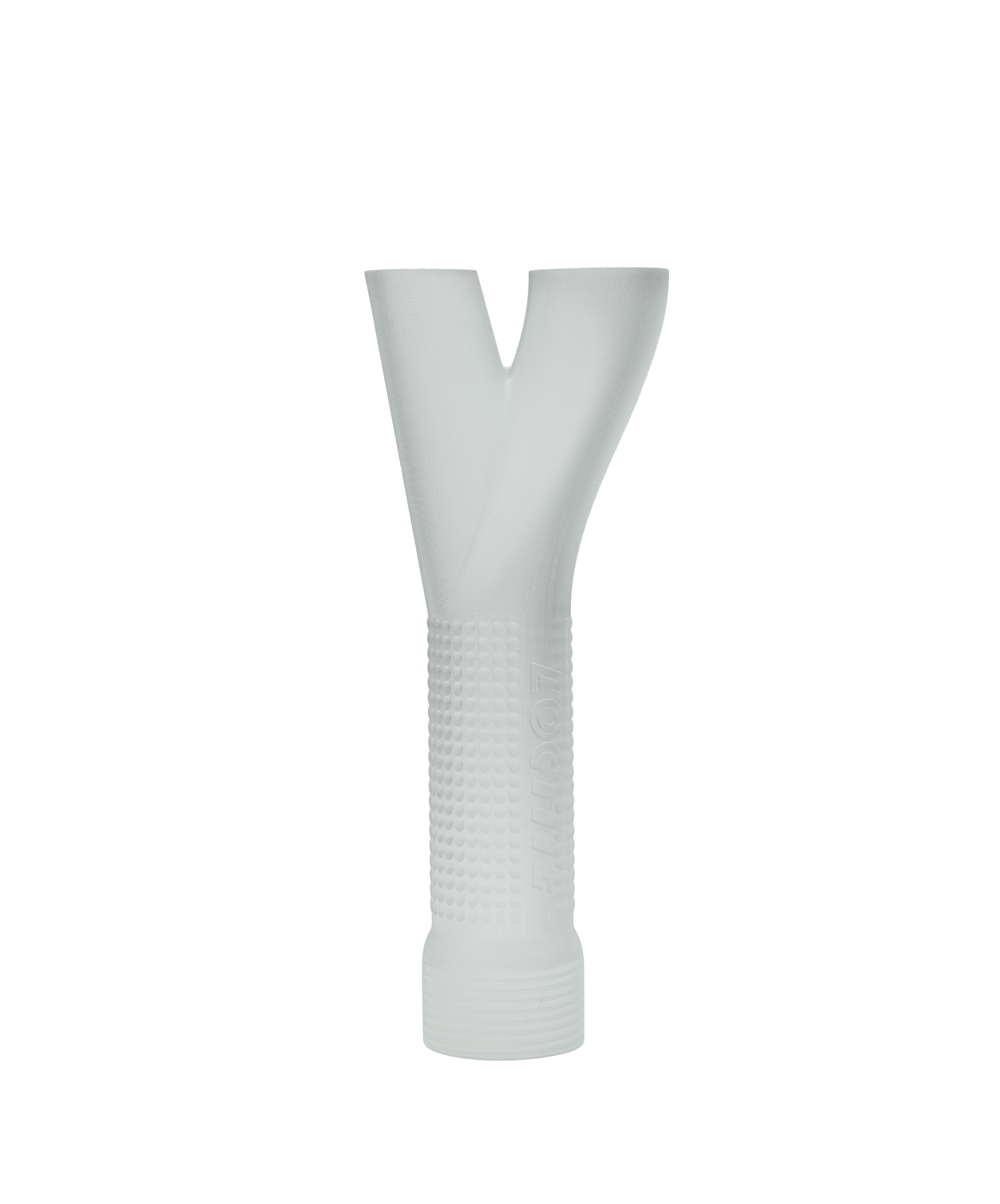1 min read
Utilizing Overhangs and Underhangs in Medical Device Design
Nick Erickson : Aug 29, 2024 12:19:34 PM

Harnessing the Power of Overhangs and Underhangs in Medical Device Innovation
Introduction
Overhangs and underhangs are complex geometries that can greatly enhance the functionality and integration of medical devices. These features are difficult to achieve with traditional manufacturing methods, but with Carbon DLS, they become an accessible design option. For medical device engineers, this opens up new possibilities for creating more advanced and integrated products.
Advantages of Overhangs and Underhangs
Overhangs and underhangs allow for the creation of more intricate and detailed designs, enabling the integration of multiple functions within a single part. This can reduce the need for multi-part assemblies, leading to fewer components, simpler manufacturing processes, and more reliable devices.
These geometries also provide opportunities for improved ergonomics and user interfaces. For example, overhangs can be used to create protective covers or grips that are integral to the device, enhancing both functionality and user comfort. Underhangs, on the other hand, can be used to create slots or recesses for housing other components, reducing the overall footprint of the device.
Applications in Medical Devices
In medical device design, overhangs and underhangs are particularly useful in creating complex surgical tools, where precision and integration are key. These features can also be used in the design of connectors and housings, where they can improve the assembly and durability of the device.
For ergonomic tools, overhangs can be designed to provide better grip and control, improving the usability of the device, especially in delicate or high-precision tasks. Underhangs can be used to integrate additional functionality into the device, such as mounting points for accessories or channels for wiring and tubing.
Conclusion
The ability to design with overhangs and underhangs provides medical device engineers with a powerful tool for creating more advanced and integrated products. By utilizing Carbon DLS, you can easily incorporate these complex geometries into your designs, leading to devices that are more functional, ergonomic, and reliable. If you’re looking

Innovating in Medical Device Manufacturing with the PoNS™ Device
At Aprios, formerly Diversified Plastics, Inc. (DPI), we're proud to partner with industry leaders to tackle complex challenges in medical device...

Minimizing Downtime & Keeping Medical Manufacturing on Track with AM
Minimized Downtime in Operations: Keeping Medical Manufacturing on Track with Additive Manufacturing Introduction

